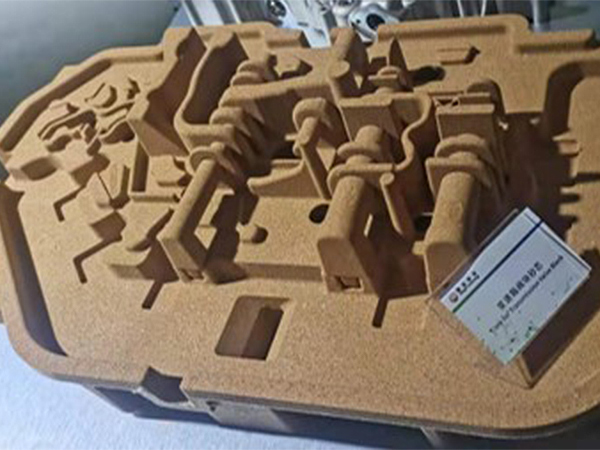Sand Casting A Comprehensive Guide to the Process
Sand casting is one of the oldest and most commonly used metal casting processes. This technique has been utilized for centuries due to its versatility, cost-effectiveness, and ability to produce complex shapes. In this article, we will explore the sand casting process, its advantages and disadvantages, and its applications in various industries.
The Sand Casting Process
The sand casting process involves several key steps
1. Pattern Creation The first step in sand casting is creating a pattern, usually made from wood, metal, or plastic. This pattern is a replica of the desired final product and is slightly larger than the final casting due to the shrinkage of the metal as it cools. Patterns can be either single-use or reusable, depending on the specific project requirements.
2. Mold Preparation Once the pattern is ready, a mold needs to be prepared. The mold is created by compacting sand around the pattern. The mixture typically consists of silica sand, a bonding agent like clay, and water. This combination helps create a strong mold that can hold its shape during the metal pouring process. The compacted sand forms two halves of the mold, which will later be joined together.
3. Pattern Removal After the sand has been packed and set, the pattern is carefully removed, leaving a cavity in the shape of the desired object. The two halves of the mold are then joined together, ensuring that the cavity aligns perfectly.
4. Pouring Metal The next step is to pour molten metal into the mold. The type of metal used can vary, including aluminum, iron, steel, or bronze. The metal is heated until it reaches its melting point and is then poured into the cavity created by the mold. The pouring process needs to be done quickly and carefully to avoid defects in the final product.
5. Cooling and Solidification Once the molten metal fills the mold, it is left to cool and solidify. The cooling time can vary depending on the size of the casting and the type of metal used. After adequate cooling, the mold is broken away to reveal the solidified casting.
6. Finishing Touches The final step involves cleaning and finishing the casting. This could include removing any excess material, grinding, machining, or surface treatment to achieve the desired finish. Additional processes might be applied, such as heat treatment, to enhance the mechanical properties of the casting.
make sand casting

Advantages of Sand Casting
Sand casting offers several advantages that make it a preferred choice in many manufacturing scenarios
- Versatility It can be used for a wide range of metals and alloys, allowing for the production of various shapes and sizes. - Cost-effective for low-volume production The initial investment for molds and patterns is relatively low, making it economical for small production runs. - Complex geometries Sand casting can produce intricate designs and internal features that may be challenging with other casting methods.
Disadvantages of Sand Casting
Despite its benefits, sand casting also has its drawbacks
- Surface finish The surface finish of sand cast parts may not be as smooth as those produced by other methods, which could require additional machining. - Dimensional accuracy The dimensional tolerances may not be as tight compared to processes like die casting, leading to variations in the final product. - Labor-intensive The process can be labor-intensive, requiring skilled workers to create and handle the molds and patterns.
Applications of Sand Casting
Sand casting is widely used in various industries, including automotive, aerospace, agricultural machinery, and construction. It is particularly useful for producing components like engine blocks, gear housings, and pipe fittings. The ability to create custom parts and prototypes quickly makes sand casting an essential technique in both industrial and artistic applications.
In conclusion, sand casting remains a fundamental and widely used manufacturing process. Its affordability, adaptability, and capability to create complex shapes ensure its continued relevance in modern manufacturing. Whether for small-scale production or large industrial applications, sand casting will continue to play a crucial role in metalworking for years to come.
Post time:Դկտ . 29, 2024 12:20
Next:sand casting history
